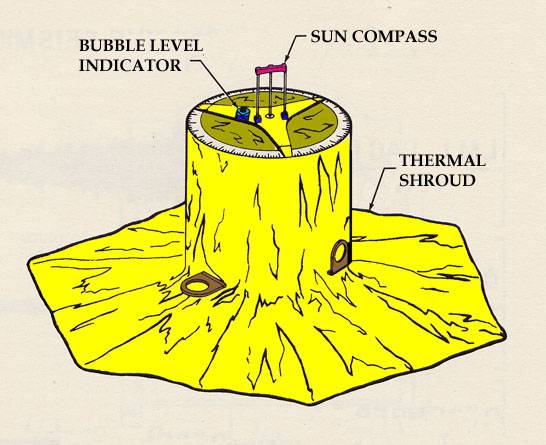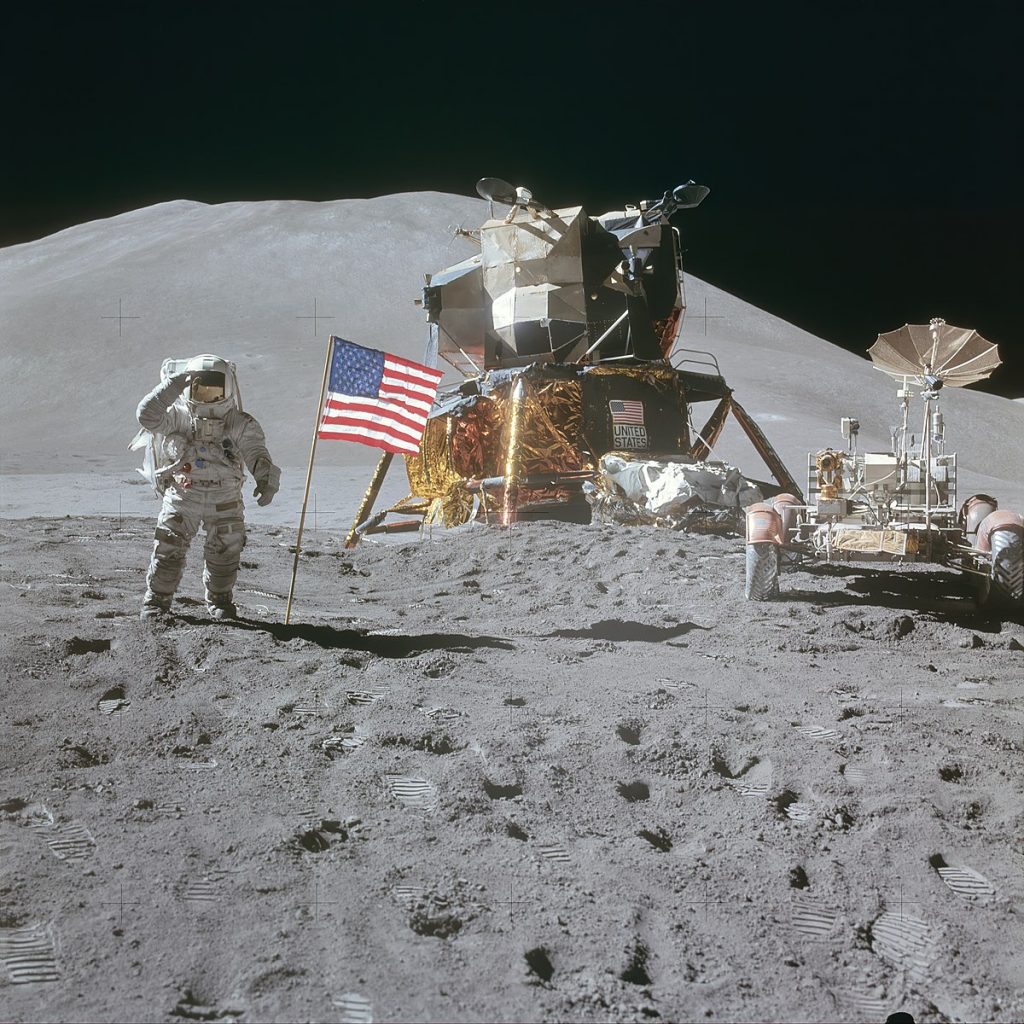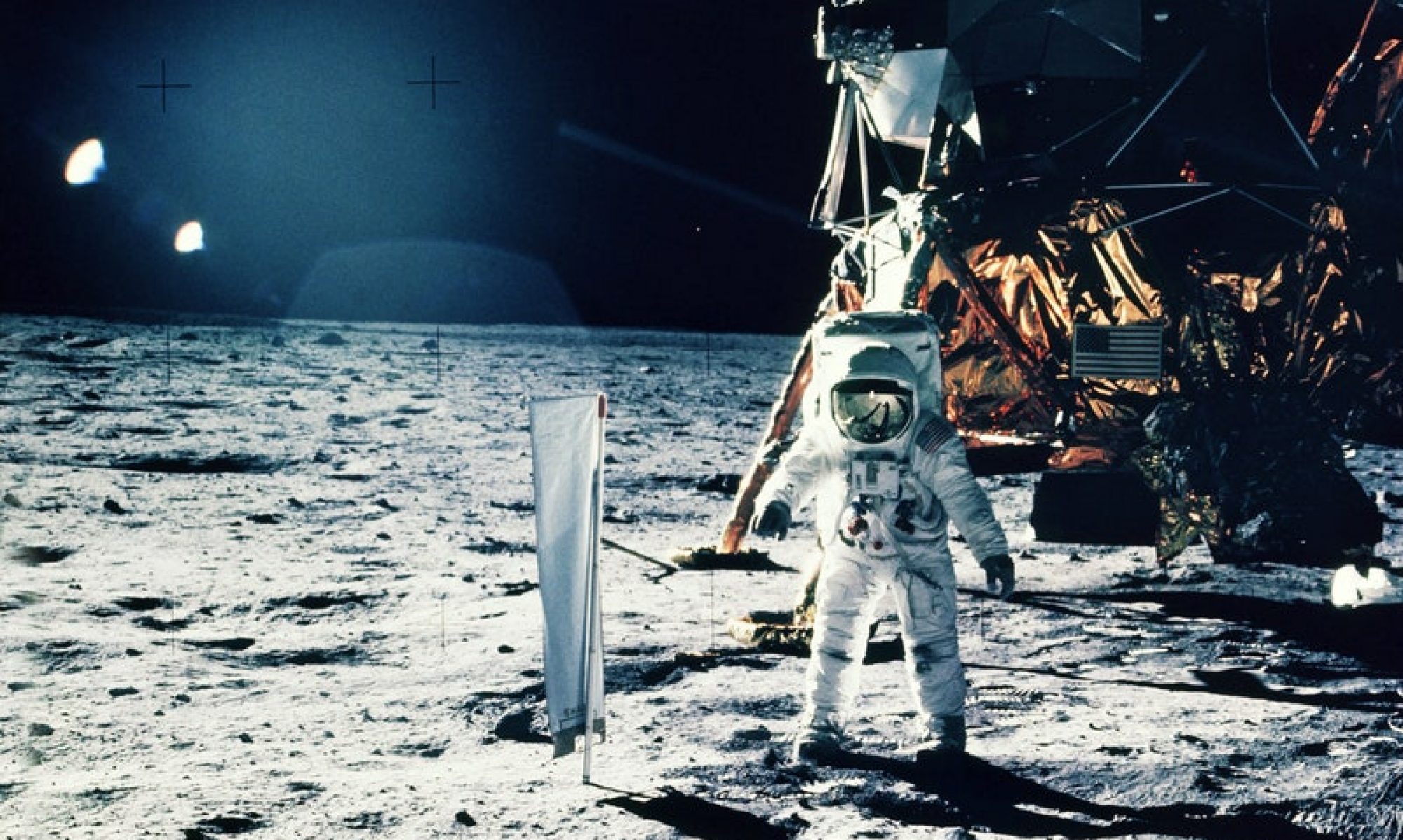Spacecraft Guide: Unveiling the Secrets of the Moon’s Composition Through the Passive Seismic Experiment Package
Are you fascinated by the Moon’s mysteries and the thrilling discoveries made by spacecraft? Then you’re in for an astronomical treat! The surface of the Moon holds fascinating clues about its composition and structure, and NASA has used some pretty dramatic methods to uncover them — crashing spacecraft into it!
In this edition of Spacecraft Guide, we’ll explore the surprising scientific tools that revealed what lies beneath the Moon’s surface. Forget about those hollow moon conspiracies, and instead, let’s dive into the incredible seismic experiments conducted during the Apollo missions. Spoiler: It involves deliberate spacecraft crashes!
Seismic Experiments on the Moon
Back in the Apollo days, astronauts and NASA scientists weren’t just interested in walking on the Moon; they wanted to understand what it was made of. One of the key experiments involved the Passive Seismic Experiment Package (PSEP). This device, equipped with seismometers, was left on the lunar surface by several of the Apollo Missions to measure moonquakes, meteor impacts, and even controlled explosions.
The goal? To observe seismic waves traveling through the Moon, which would help scientists determine its internal structure.

Crashing Spacecraft into the Moon
Here’s where things get REALLY interesting: NASA used deliberate spacecraft crashes to create seismic waves on the Moon. After the Apollo astronauts finished their missions, parts of their spacecraft, such as the ascent stages of lunar modules and the third stages of the Saturn V rockets, were deliberately crashed onto the Moon’s surface. These impacts created seismic events, which the PSEP instruments then recorded.
For instance, when the third stage of a Saturn V rocket collided with the Moon, the resulting seismic waves traveled through the lunar crust. By analyzing these waves, NASA could determine the thickness, density, and composition of the Moon’s outer layers.
The Ringing Bell Effect: Not a Hollow Moon!
Now, this is where things get weird. When NASA scientists crashed the Apollo 12 lunar module into the Moon at a speed of over 6,000 kilometers per hour, the Moon literally rang like a bell. This reverberation lasted for almost an hour, baffling scientists and sparking a ton of conspiracy theories. Some people claimed that this proved the Moon was hollow and might even contain alien bases. But the reality is far more interesting (and scientifically sound).
The Moon isn’t hollow—it just behaves differently from Earth. Because the Moon is smaller, drier, and colder than Earth, seismic waves travel through it for much longer. This is why impacts can make the Moon ring out like a bell, but it doesn’t mean there’s an empty core or secret underground cities.
What Did NASA Discover?
Through these seismic experiments, NASA found that the Moon’s interior is vastly different from Earth’s. Here are some key takeaways:
- Cold, dry composition: The Moon has much less seismic wave attenuation than Earth, meaning it’s cooler and lacks water deep inside.
- Layered structure: Just like Earth, the Moon has a layered interior, with a crust, mantle, and core. However, the core is much smaller and likely partially molten.
- Meteor impacts: By recording the impacts of meteors hitting the Moon, NASA also gathered invaluable data about the frequency and strength of these collisions over time.

Why It Matters
These seismic experiments helped answer long-standing questions about the Moon’s formation and structure. The data has been crucial in understanding planetary formation processes throughout the solar system. With future lunar missions on the horizon (like NASA’s upcoming Artemis program), this seismic knowledge will be key in determining where to build bases, how to mine resources, and even how to protect astronauts from natural lunar phenomena like moonquakes.
Join the Lunar Revolution!
Now that you know about the wild history of crashing spacecraft into the Moon, we want to hear from YOU! Share this article with your fellow space enthusiasts, and let us know what you think in the comments: Did you know about these seismic tests? What excites you most about upcoming lunar missions?
Better yet, if you’re craving more in-depth insights, consider joining our Patreon community! Your support helps keep these space exploration stories alive.
Don’t forget to share this article far and wide. Together, we’ll keep the wonder of space exploration at the forefront of everyone’s minds!
So, what are you waiting for? 🚀 Share this article now and ignite the conversation about the amazing science happening on our Moon! Follow us on Blog – Spacecraft Guide.

One Reply to “The Passive Seismic Experiment Package”